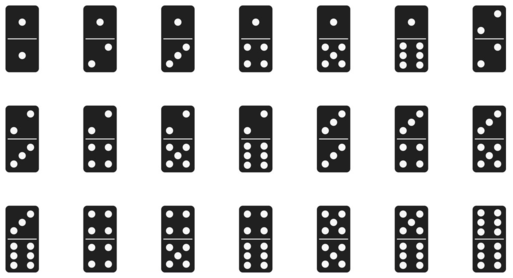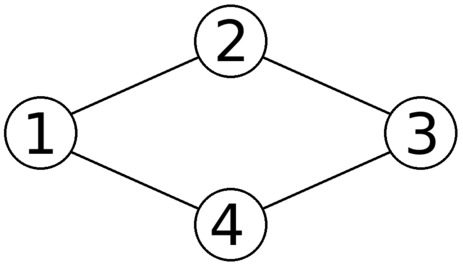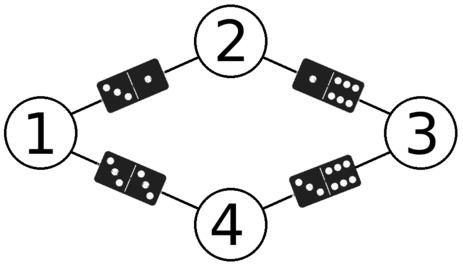#include <bits/stdc++.h>
using namespace std;
#define pb push_back
#define ppb pop_back
#define mp make_pair
#define masout for(int i = 0; i < n; i++ ) cout << a[i];return 0;
bool c[10][10];
int main () {
int n, m;
cin >> n >> m;
for(int i = 0; i < m; i++ ) {int u,v;cin>>u>>v;c[u][v]=[v][u]=1;}
if(n <= 6) cout << m, exit(0);
int mn = 1e9;
for(int i = 1; i <= 7; i++ )
for(int j = 1; j <= 7; j++)
{
int x = 0;
for(int k = 1; k <= 7; k++ )
if(c[i][k] && c[k][j]) x++;
mn = min(mn , x);
}
cout << m - mn;
}
#include<bits/stdc++.h>
using namespace std;
typedef long long int LL;
#define sc(x) scanf("%d",&x)
#define scc(x,y) scanf("%d%d",&x,&y)
#define sccc(x,y,z) scanf("%d%d%d",&x,&y,&z)
#define mkp(a,b) make_pair(a,b)
#define F first
#define pb(a) push_back(a)
#define S second
#define pii pair<int,int>
#define mem0(a) memset(a,0,sizeof(a))
#define mem(a,b) memset(a,b,sizeof(a))
#define MID(l,r) (l+((r-l)>>1))
#define ll(o) (o<<1)
#define rr(o) (o<<1|1)
const LL INF = 0x3f3f3f3f ;
const int maxn = 10000;
const double pi = acos(-1.0);
int T,n,m;
bool vis[10][10];
bool used[10][10];
int num[10];
int ans=0;
void dfs(int dep)
{
if(dep==0)
{
mem0(used);
int tmp=0;
for(int i=1;i<=n;i++)
{
for(int j=1;j<=n;j++)
{
if(i==j)continue;
if(vis[i][j]==0)continue;
if(used[num[i]][num[j]]==0)
{
tmp++;
used[num[i]][num[j]]=1;
used[num[j]][num[i]]=1;
}
}
}
ans=max(ans,tmp);
return ;
}
for(int i=1;i<=6;i++)
{
num[dep]=i;
dfs(dep-1);
}
}
int main()
{
while(cin>>n>>m)
{
mem0(vis);
int l,r;
while(m--)
{
cin>>l>>r;
vis[l][r]=vis[r][l]=1;
}
ans=0;
dfs(n);
cout<<ans<<endl;
}
return 0;
}
来源:oschina
链接:https://my.oschina.net/u/4323385/blog/3386913


